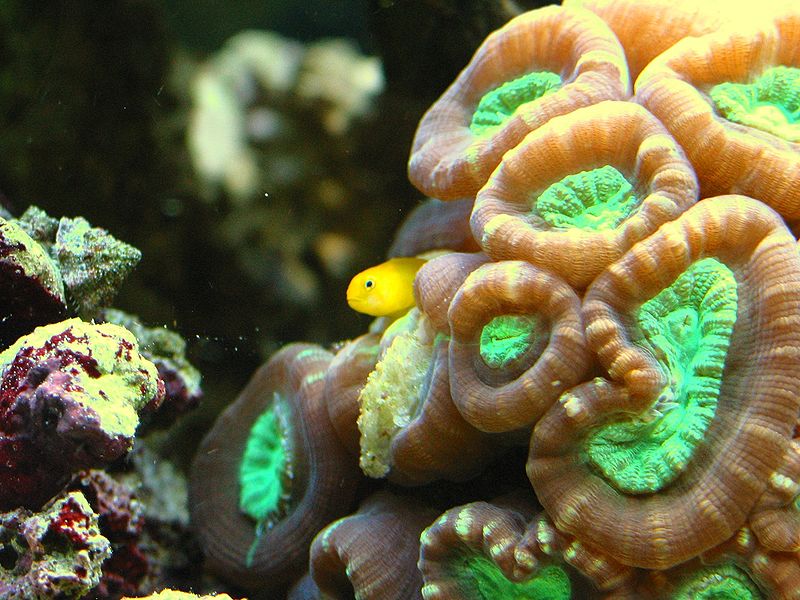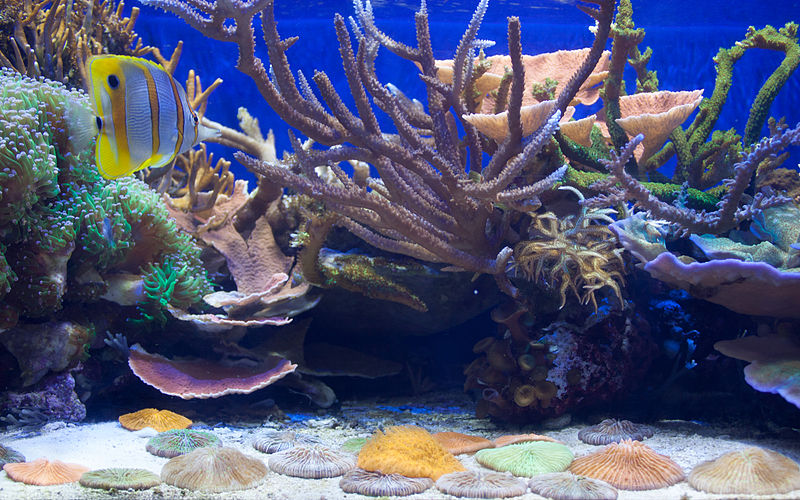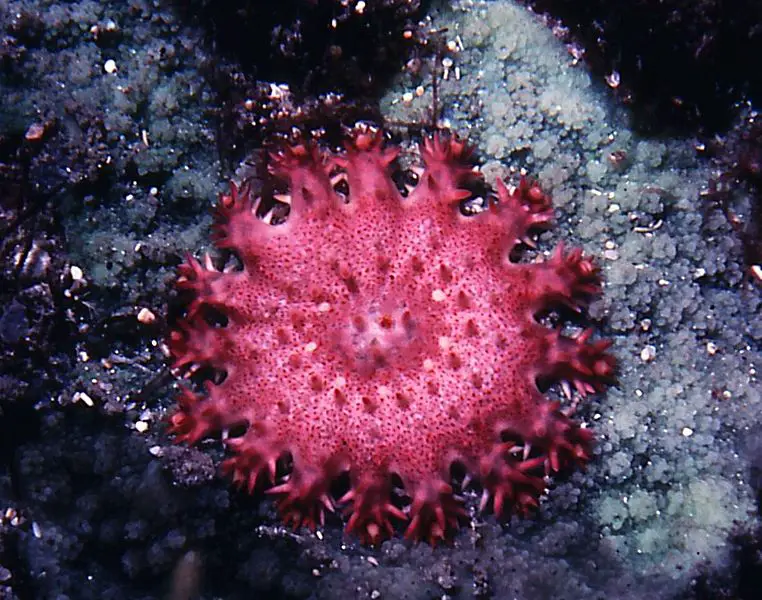Trumpet coral is considered easy to care for and thus suitable for tank owners of any experience level. Trumpet coral can be propagated using cuttings and will grow in a branching form. If properly cared for, trumpet coral can grow anywhere from .4 to 4 inches per year.
Trumpet coral is admired by many for its often neon hue and because it is somewhat low maintenance as far as aquarium life goes. If you’re considering adding trumpet coral to your aquarium, read on for all the necessary information on proper care and general growth.
What is trumpet coral and how fast does it grow?
You may have heard of or seen trumpet coral’s cousin, candy cane coral. The two species are very similar and often mistaken for one another. Candy cane, trumpet, and even torch are common names for this fascinating aquatic life form.
Trumpet coral usually comes from the deeper areas of the Indian and Pacific Ocean reefs and can be purchased either wild-caught or through aquaculture mechanisms. As the species is on the endangered list, we highly suggest going for the aquaculture means if you are considering adding trumpet coral to your tank.
How long does it take for trumpet coral to grow 1 inch?
Trumpet coral grows quite slowly. The average rate of growth is around .4 to 4 inches per year. This range is rather vast and thus, for a trumpet coral to grow 1 inch, it could take anywhere from 1 year to several years depending on various factors such as tank health and the strain of trumpet coral.
Some of the largest colonies of trumpet coral found in the sea are thousands of years old as indicated by their impressive size.
How fast should trumpet coral grow?
The speed at which your trumpet coral grows will vary for several different reasons. Generally, the most important factors in trumpet coral growth are the tank environment, its placement within the tank, and its feeding habits. Each of these is explained further below.
You may notice the coral grow a “sweeper tentacle” quite quickly. This tentacle largely explains why the coral is often considered aggressive. This tentacle will grow to around 2 inches long and reaches out to sting surrounding species. As such, the further away you can place your coral from other aquatic life forms right from the outset, the better. Even if your coral is growing slowly, it is important to maintain this distance, so it doesn’t interfere with your other coral colonies.
How do you take care of trumpet coral?
To care for trumpet coral most effectively and thus, promote its growth, you will need to re-create its natural environment as much as you can. This means setting up tank conditions similar to the tropical waters the coral thrives in naturally.
A tank temperature setting close to 82 degrees Fahrenheit will suit the coral best. A pH level of around 8.2 should be maintained, alongside alkalinity of 8-12 degrees carbonite hardness (dKH) and a calcium level of roughly 400 parts per million (ppm). Maintaining this environment shouldn’t be too complicated however, we recommend purchasing a kit online to help at least for when you are starting out.
When it comes to trumpet coral placement, some extra care is required. Firstly, trumpet coral is rather aggressive and will grow its “sweeper tentacle” which stretches out to sting and therefore, eliminate competition (other nearby coral species). So, try to give the coral room so that even as it grows it will not come into direct contact with other coral species living in your tank.
Next, consider that this aquatic life form is photosynthetic and requires a certain amount of lighting to grow. Now, as trumpet coral is found in nature on the deeper side of the reef, it only requires moderate-to-low lighting. Thus, we suggest finding a spot for your trumpet coral around the middle or bottom of your tank where it has room to grow without coming in contact with other coral forms.
How do you feed trumpet coral?
Your trumpet coral is photosynthetic meaning it feeds on a certain amount of light. However, light alone isn’t likely to satiate the species or promote its growth. You’ll need to feed any trumpet coral in your tank roughly 2-3 times a week.
They will eat various foods including Mysis shrimp and other shrimp forms you will find at the aquarium shops. Now, the more complicated component comes from how you feed the coral rather than what you feed it.
Trumpet coral eats when its polyps extend. The extended polyps allow the coral to sting, capture and eat their prey using their tentacles. Once captured, the tentacles allow the species to pull the food towards itself and into its body for digestion and ultimately, energy to grow and live.
The good news is that as your trumpet coral gets used to its surroundings and conditions in the tank, it will start to extend its polyps around the mealtime you have established. However, in the beginning, you should look out for the natural moments the coral extends its polyps as this is essentially it is saying, “dinner time”. This will generally occur around early to mid-evening but depending on your specific coral, it could happen anytime throughout the day.
Final Thoughts
Trumpet coral is a fascinating species. It will add quite the pop of neon, purple or green to your tank while remaining relatively easy to care for. Remember to situate it so that it has enough light to feed on whilst remaining far enough away from other coral colonies that it can’t reach out its stinger and hurt them.
As their growth per year depends on the tank conditions as well as the type of coral you’ve purchased, you should monitor the life form closely to ensure it isn’t growing too quickly and crowding out other species in your tank.
Remember to feed it when its polyps are extended and to maintain a tropical environment to stimulate the best growth possible.



